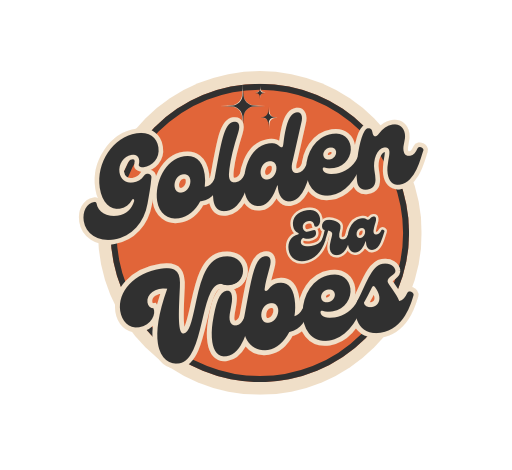15 Times A TV Commercial Jingle Was More Popular Than The Product
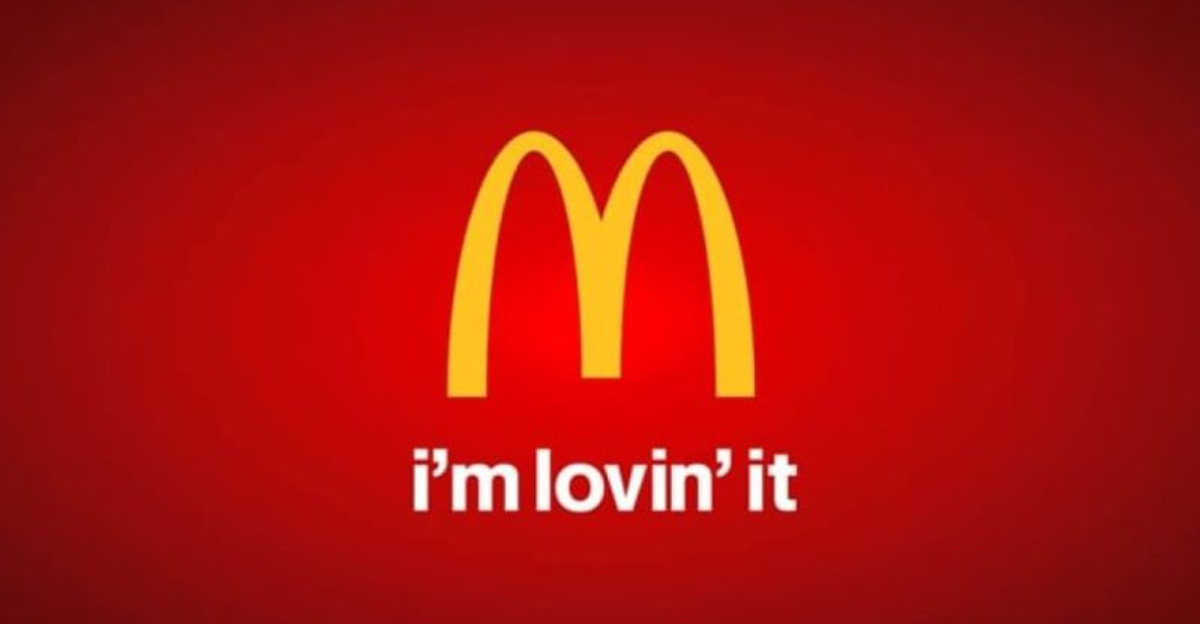
There’s something strangely powerful about a good advertising jingle — those short, snappy tunes designed to sell us stuff but somehow ended up living rent-free in our brains forever.
Seriously, I’ve caught myself humming these little ditties in the shower, in traffic, even while grocery shopping… and half the time, I don’t even remember what product they were pushing! That’s the magic (or madness) of a great jingle: it outlives the brand, the commercial, sometimes even the company itself.
From sing-song slogans to full-blown mini-anthems, these melodies didn’t just sell products — they became pop culture icons. They sparked playground singalongs, parodies, and a few raised eyebrows when sung out of context.
So get ready to tap your toes and shake your head as we dive into the world of unforgettable jingles — the catchy earworms that became stars in their own right while their products quietly faded into nostalgia’s dusty corners.
1. Oscar Mayer Wiener’s Wishful Thinking
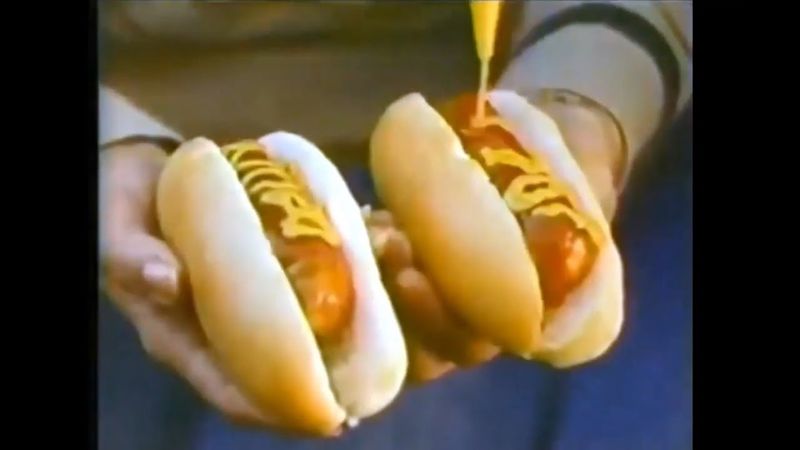
The year was 1965 when a bunch of kids sang about their deep desire to become processed meat. No joke! “Oh, I wish I were an Oscar Mayer Wiener” wormed its way into America’s collective consciousness, becoming a cultural touchstone that far outlasted most people’s interest in the actual hot dogs.
My grandmother could still sing every word of this jingle into her 90s, despite not having eaten a hot dog since the Reagan administration. The commercial’s simple animation and earnest delivery created something almost patriotic in its appeal.
The jingle was so successful that Oscar Mayer followed it up with the equally catchy “My bologna has a first name” song, creating a one-two punch of meat-themed earworms that defined lunchtime for generations of kids.
2. Kit Kat’s Break-Time Anthem
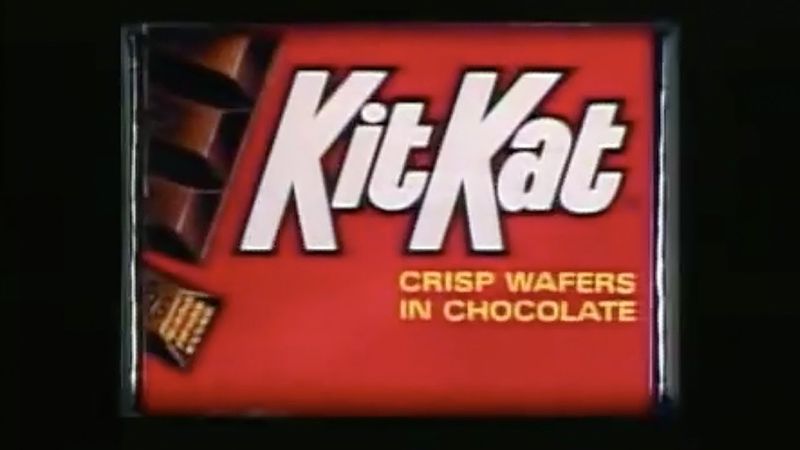
“Give me a break, give me a break, break me off a piece of that Kit Kat bar!” The chocolate wafer snack struck gold in 1986 with a jingle so infectious that it’s still instantly recognizable decades later. I once found myself absentmindedly singing it during a job interview – talk about an awkward moment!
The genius of this jingle lies in how it positioned Kit Kat as the official snack of break time. The melody became synonymous with taking a pause, regardless of whether chocolate was involved. Everyone from office workers to students incorporated the phrase into daily conversation.
The jingle was so powerful that it spawned countless parodies, including a memorable one from “The Office” where Andy Bernard couldn’t remember the product and substituted hilarious alternatives like “football cream” and “fancy feast.”
3. Chili’s Baby Back Ribs Barbecue Earworm

Barbecue sauce has never been serenaded quite like in the Chili’s baby back ribs commercial. The repetitive “I want my baby back, baby back, baby back” followed by a deep-voiced “chiliiiii’s baby back ribs” created a cultural phenomenon that far outpaced actual rib consumption.
My college roommates and I would burst into this song randomly, despite none of us having set foot in a Chili’s for years. The jingle’s power reached its peak when it was featured in the Austin Powers movie, cementing its place in pop culture history.
Created in the 1990s, this melody’s simple, repetitive structure made it impossible to forget – a marketing dream and a brain’s worst nightmare. The campaign was so successful that Chili’s eventually retired it, only to bring it back by popular demand years later.
4. Alka-Seltzer’s Fizzy Relief Rhyme

“Plop, plop, fizz, fizz, oh what a relief it is!” The onomatopoeic genius of Alka-Seltzer’s 1960s jingle perfectly captured the sound of their tablets dissolving while promising sweet relief from whatever ailed you. My dad would actually sing this jingle whenever anyone in our house complained about feeling unwell – his version of medical advice.
The brilliance of this campaign was how it turned the product’s most distinctive feature – the fizzing sound – into musical marketing gold. The jingle actually encouraged people to use two tablets instead of the previously recommended one, doubling sales with just four simple words.
Despite changes in medicine cabinet staples over the decades, this vintage melody remains firmly lodged in our cultural memory, outlasting many people’s knowledge of what Alka-Seltzer actually treats. The singing cartoon tablet mascot, Speedy, only added to its charm.
5. Subway’s Five-Dollar Footlong Finger Dance

Five! Five dollar! Five dollar footlong! With those simple words and a hand gesture showing the length of their sandwiches, Subway created a marketing phenomenon in 2008 that became more memorable than the actual deal. I still catch myself making the five-finger gesture whenever I hear the number five – it’s practically Pavlovian at this point.
The campaign brilliantly combined a catchy tune with a physical movement that anyone could do, creating a multi-sensory hook. Kids across America were mimicking the hand motion in school cafeterias whether they were eating Subway or not.
Despite price increases that eventually made the five-dollar footlong extinct, the jingle lives on in our collective memory. The campaign was so successful that Subway tried multiple times to recapture the magic with revival promotions, but nothing matched the original’s cultural impact.
6. Meow Mix’s Feline-Inspired Melody
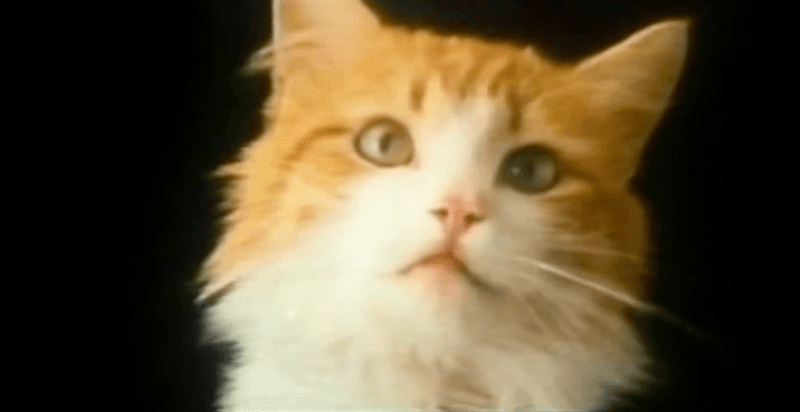
A jingle so simple that even cats could sing it – literally just the word “meow” repeated with different inflections. Launched in 1974, the Meow Mix jingle featured a seemingly singing cat and became so embedded in popular culture that people who’ve never owned cats still recognize it instantly.
The first time I heard my three-year-old niece singing “meow, meow, meow, meow” perfectly in tune, I realized the true power of this jingle. It wasn’t teaching her about cat food – it was just impossible not to mimic.
The genius of this campaign was turning the sound cats already make into a memorable marketing tool. The jingle appeared in countless TV shows and movies as shorthand for “cat food,” achieving the rare status of becoming generic for an entire product category. Despite numerous cat food brands on the market, Meow Mix owned the sound of cats themselves.
7. Folgers’ Morning Coffee Awakening
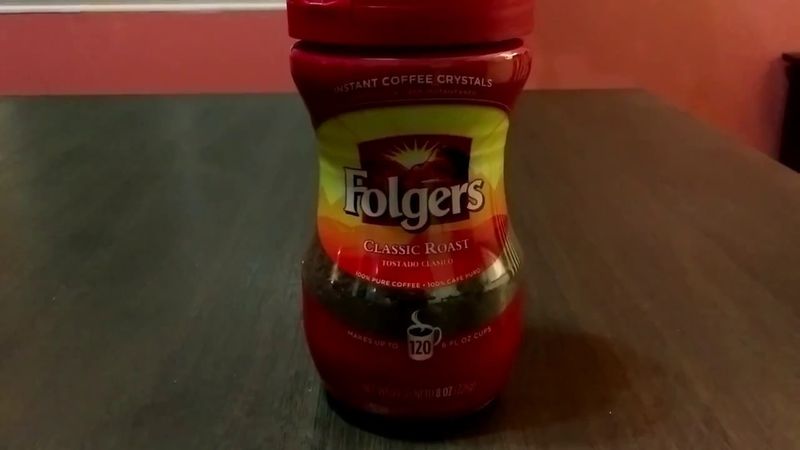
“The best part of waking up is Folgers in your cup!” Since the 1980s, this jingle has been America’s unofficial morning anthem, promising that coffee makes the awful experience of leaving your warm bed somewhat bearable. Growing up, my mom would actually sing this to wake me up for school – pure psychological warfare.
The true genius of this campaign was associating the brand with the entire morning ritual rather than just the coffee itself. The warm, inviting melody perfectly captured that cozy feeling of the first sip of coffee as sunshine streams through the window.
Decades later, the jingle remains instantly recognizable even as coffee culture has dramatically evolved toward specialty brews and fancy cafés. Folgers has updated the visuals and scenarios in their commercials over the years, but they’ve wisely kept that earworm intact – proving that sometimes the jingle is your most valuable asset.
8. Band-Aid’s Stuck-On-You Sentiment

“I am stuck on Band-Aid brand ’cause Band-Aid’s stuck on me!” This masterpiece of marketing managed to turn adhesive medical products into a sing-along hit. First appearing in the 1970s, the jingle was so effective that many people still say “Band-Aid” instead of “adhesive bandage” – the holy grail of brand recognition.
When I was seven, I refused to let my mom put a generic bandage on my scraped knee because it wasn’t a real “Band-Aid.” That’s how deeply this jingle had convinced me that only one brand could heal my childhood wounds.
The campaign cleverly reinforced both the physical stickiness of the product and emotional loyalty to the brand. With adorable kids singing about their minor injuries, Band-Aid created an emotional connection that transcended their utilitarian product. The jingle has been updated over the decades but maintains its core message of dependable adhesion.
9. Toys “R” Us Kids’ Eternal Youth Anthem
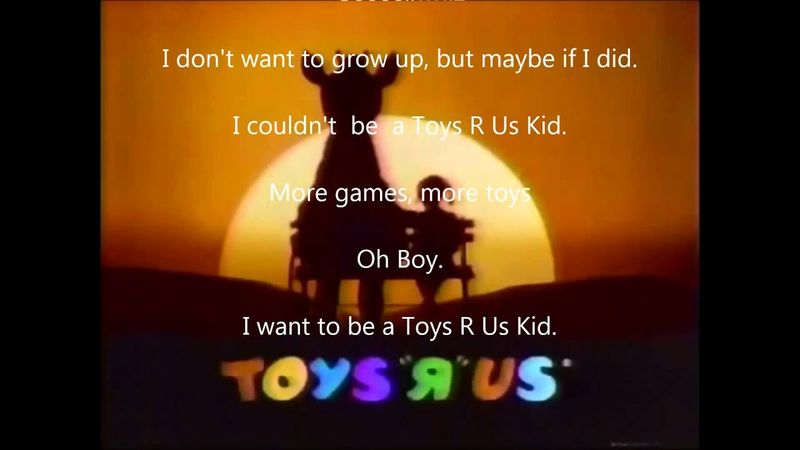
“I don’t wanna grow up, I’m a Toys ‘R’ Us kid!” This jingle tapped into something profoundly universal – the desire to stay young and playful forever. Despite the retail chain’s eventual bankruptcy, the song remains embedded in the minds of generations who can still recite every word.
My cousins and I would belt this out during family gatherings in the 90s, much to the annoyance of our parents. The commercial’s imagery of kids running wild through endless aisles of toys created a childhood fantasy land that no online shopping experience has ever matched.
The jingle’s genius was positioning toy shopping as an act of rebellion against growing up. Even as the actual stores have disappeared from the American landscape, that catchy tune continues to evoke powerful nostalgia. It’s perhaps the ultimate example of a jingle outliving its product – you can still sing about being a Toys ‘R’ Us kid, but you can no longer be one.
10. McDonald’s “I’m Lovin’ It” Global Phenomenon
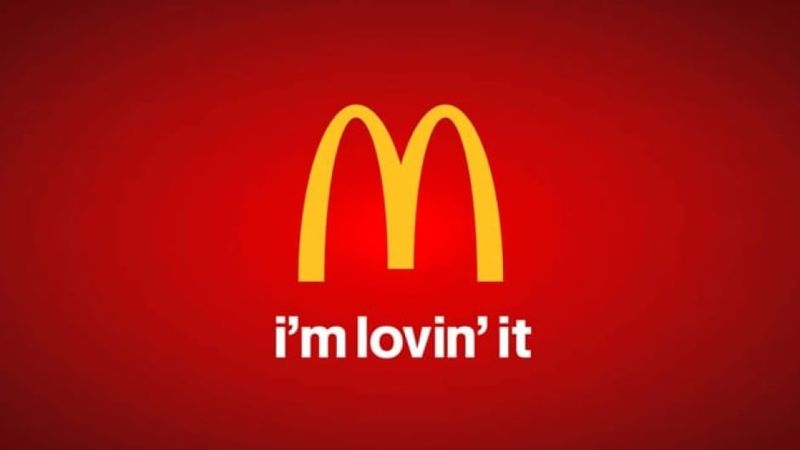
Ba da ba ba ba! Those five notes, followed by “I’m lovin’ it,” revolutionized fast food advertising when they debuted in 2003. What started as a Justin Timberlake collaboration became McDonald’s longest-running campaign ever, transcending language barriers worldwide.
The first time I heard this jingle in Tokyo and realized it was the exact same notes as in America, I understood its true global power. The genius of this campaign was its simplicity – those five notes became a universal language that identified McDonald’s without a single word needed.
Unlike most jingles that simply describe a product, this one captured an emotional response to their food. The campaign successfully repositioned McDonald’s during a challenging time for fast food, shifting focus from the food itself to the feeling it supposedly gave you. Nearly two decades later, those five notes remain instantly recognizable worldwide.
11. State Farm’s Magical Summoning Chant
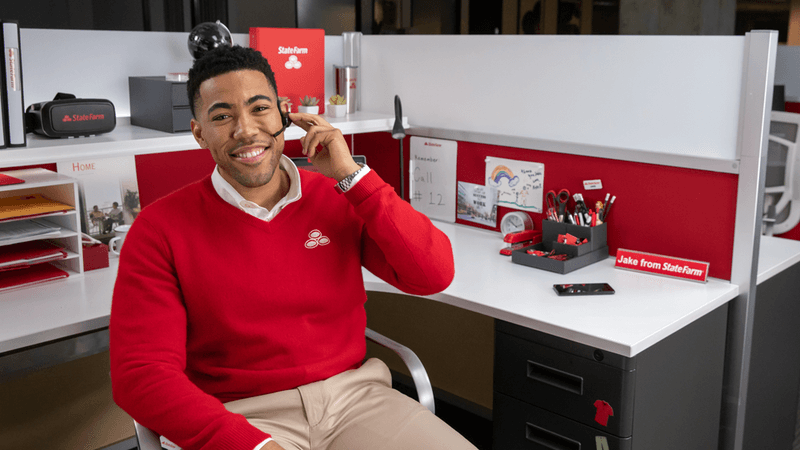
“Like a good neighbor, State Farm is there!” This jingle transformed from a simple insurance slogan into a magical incantation when State Farm commercials began showing people singing it to instantly summon their agents in moments of need. I’ve actually caught myself humming it during real emergencies, half-expecting an agent to materialize.
The stroke of genius in this campaign was turning a forgettable insurance jingle into an interactive concept. The ads portrayed the jingle as having actual magical powers, creating a memorable hook that made insurance – possibly the most boring product category – into something entertaining.
Originally written by Barry Manilow in 1971, the jingle found new life decades later through this creative reimagining. State Farm successfully bridged generations by keeping their iconic melody while updating the concept for modern audiences. Few advertising campaigns manage to remain relevant for over 50 years while maintaining their core musical identity.
12. Doublemint’s Twin-Powered Freshness
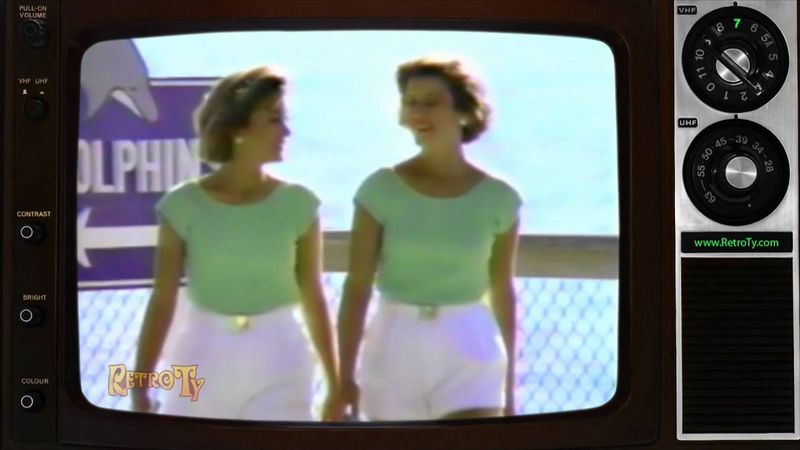
“Double your pleasure, double your fun!” The Doublemint gum commercials featuring identical twins created an advertising legacy that far outshined the actual gum. First aired in the 1950s, this campaign became so iconic that for decades, seeing twins in public would trigger people to spontaneously sing the jingle.
My twin cousins absolutely hated this jingle growing up – apparently every stranger they met would sing it to them. The marketing brilliance was connecting the product name with identical twins, creating a visual representation of the “double” concept that was impossible to forget.
The campaign’s longevity was remarkable, spanning from the 1950s through the 2000s while maintaining the same core concept. Despite being simple mint gum in a market flooded with more exotic flavors, Doublemint maintained cultural relevance largely through this jingle. The twins concept became so synonymous with the brand that it’s now considered advertising history.
13. FreeCreditReport.com’s Cautionary Ballads
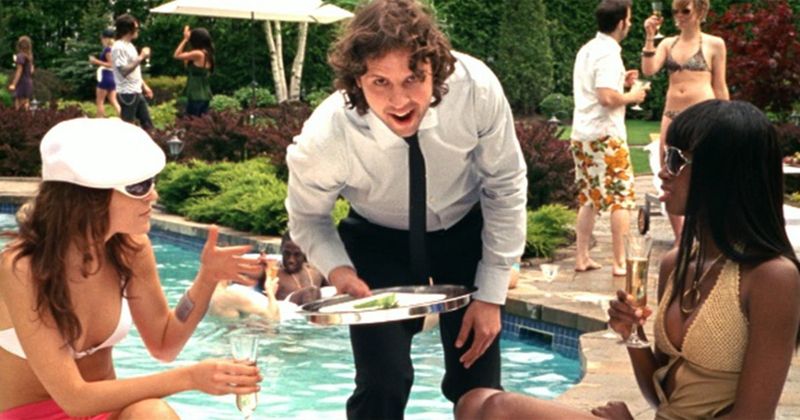
“F-R-E-E that spells free, credit report dot com, baby!” In the mid-2000s, a fictional band of financial cautionary tales took over TV with catchy songs about credit score disasters. These commercials featured a charismatic lead singer detailing how poor credit forced him to drive a subcompact car, work at a pirate-themed restaurant, and live with his in-laws.
I knew every word to these jingles despite having zero interest in checking my credit score as a teenager. The campaign cleverly disguised dry financial services as entertainment, creating viral-worthy content before social media had fully taken off.
Ironically, the service being advertised wasn’t actually free (it required enrollment in a paid program), leading to regulatory issues. The jingles became so popular that the fictional band developed a fan following, with people dressing as the characters for Halloween – perhaps the ultimate sign that the advertising had overshadowed the actual service.
14. Ricola’s Mountain-Echo Cough Relief

“RIIIII-CO-LAAAAA!” This simple yodel echoing through Alpine mountains made a Swiss cough drop internationally famous. The commercial’s premise of mountain men in traditional Swiss clothing belting out the brand name through massive alphorns created an unforgettable audio-visual connection.
During college, my entire dorm floor would shout “RICOLA!” whenever someone coughed – the jingle had essentially replaced “bless you” in our social circle. The brilliance of this campaign was how it leveraged Swiss stereotypes (mountains, yodeling, alphorns) to position the product as authentically Alpine and therefore more effective.
The yodel has remained remarkably consistent since the 1980s, with only minor updates to the visuals. By focusing on a distinctive sound rather than complex lyrics, Ricola created a jingle that worked internationally without translation. The sound alone immediately evokes images of pristine mountain air clearing congested throats.
15. Empire Today’s Carpet Call-to-Action
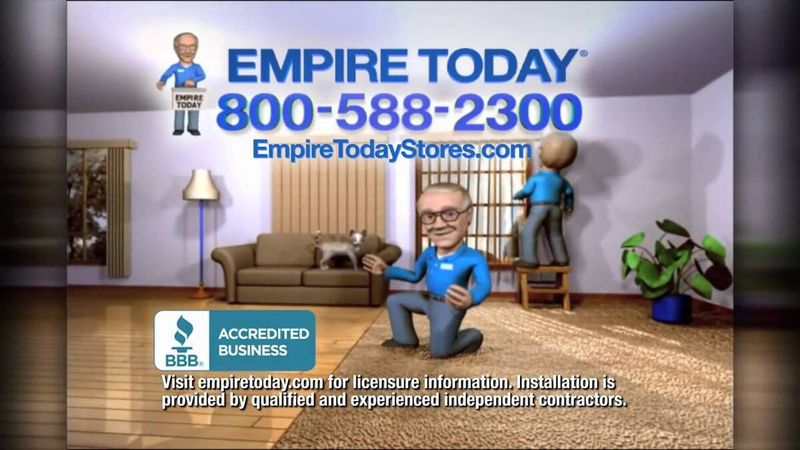
“800-588-2300, EMPIRE TODAY!” This phone number jingle with the iconic “today” finale has been burning into regional consciousnesses since the 1970s. In certain parts of America, you cannot say the numbers “800-588-2300” without someone reflexively shouting “EMPIRE!” – I’ve witnessed this phenomenon at parties multiple times.
The marketing genius here was turning a forgettable phone number into a memorable melody. Before the internet, remembering a company’s phone number was crucial, and Empire Today solved this problem by creating a jingle so catchy that customers couldn’t forget it if they tried.
Despite being a relatively unglamorous flooring company, Empire Today achieved decades of brand recognition through consistent use of this jingle and their cartoon mascot. The company has expanded nationally while maintaining the same memorable tune, proving that sometimes the simplest jingles are the most effective.
